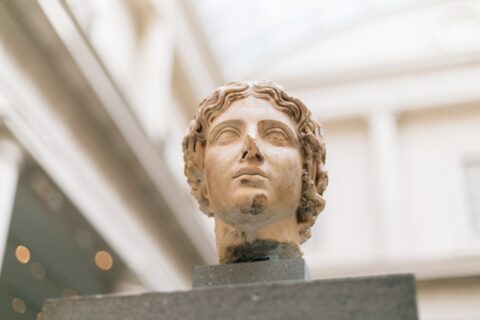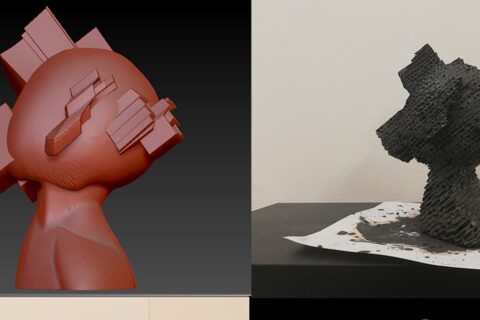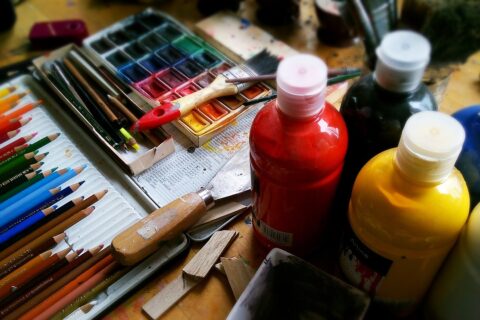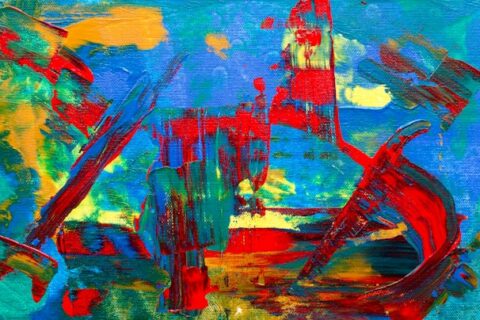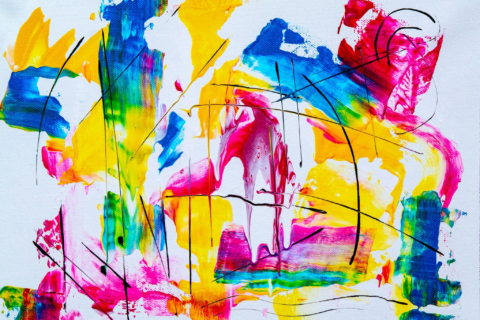
Impression. The Rising Sun – Claude Monet
- Leake Camille
- December 2, 2020
- Famous sculptures and paintings
- No Comments
There are few paintings in the history of painting that would give their name to an entire movement. Claude Monet’s painting “Impression. The Rising Sun (1872) is just such a case.
Anyone, even the most distant from art, has probably heard of such a movement in painting as Impressionism, either on the right or on the left – because it is impossible not to hear about it.
It is the most avant-garde breakthrough in 19th-century fine art, a real revolution, which, as it happens, was named after this very small (48 x 63 cm) and, at first glance, completely unsightly painting by Monet, whose title in the original is as follows: Impression, soleil levant.
Today the word “Impressionism” has long ago acquired a cult status. Once you mention it, your imagination, enveloped in a romantic haze – much like the picture Impression by Claude Monet – instantly conjures up a merry and carefree crowd of French artists, who wasted their time in revelry-houses, befriended prostitutes, did not have a single soum to their name – but painted admirable canvases that subverted the boring academic nonsense which in the 19th century they still called painting.
They continued, understandably, out of inertia, since there was no painting left: only a dead craft, public recognition, moneys and the fear of violating, at least by half a step, the framework set by their predecessors and approved by the public.
Monet, Manet, Sissel or Degas had none of this: no money, no recognition and still less fear. Only those who had something to lose were afraid. As true revolutionaries in art, these young people, pathologically unwilling to become part of a system which they consciously rejected and betrayed, stubbornly tried to blaze their own trail in art – and, having aggressively opposed tradition, they could hardly count on a warm reception.
The “reception” was not a warm one. The verdict of the public and their peers was unequivocal: a talentless piece of art and junk. Junk. Garbage – using categories closer to our time. Today the word “impressionism” smells like absinthe, genius and Paris, but in those days, when everything began, it reeked of a sewage pit. The word “impressionism,” by the way, was invented as a swear word – to stick to the historical truth.
Louis Le Roy, not the most talented French playwright and journalist, invented the offensive term. On April 25, 1874, the satirical magazine Le Charivari, with which Leroy collaborated, published his article on the first exhibition of “those very Frenchmen” – Monet, Degas, Pissarro, Renoir and three dozen other “young subversives.
The scathing critic could not even have imagined that he would go down in the history of art, not because of his talentless plays or feuilletons, but solely because of the “scolding” he had invented. Those whom he tried to insult did not, contrary to expectations, disavow the new name and accepted the insult as a reward, calling themselves Impressionists from then on.
It is clear that the painting “Impression. Rising Sun, which found itself in the epicenter of the negative attention, got the most damage. Is it a painting? You’ve got to be kidding me-even wallpaper looks better! At the very least, this ugly gray smear can be called a sketch, but certainly not a painting! So anyone who buys paints and a brush can immediately call himself a painter of genius – since he doesn’t need to learn how to paint!
Claude Monet knew how to draw. And he was also fortunate to have a completely impenetrable protective shell, from which any criticism bounced off like cherry pips from a tank. In a sense, Claude Monet was a tank – the heavy-weight, stubborn son of a grocer in Havre, who was pursuing his goal: to paint as he saw fit – too hard and too long for any critics to make him doubt the rightness of his chosen path.
It was not that Monet disliked critics – he did not take them into account at all. For that matter, he also considered all humans in general to be rather dubious experiments of nature – and therefore he preferred not to occupy the space of his works with them – with rare exceptions. Much more he liked less animated things – water lilies, for example, or the port of his native Havre, depicted by him in the painting “Impression. The Rising Sun.”
It took a mere trifle for Monet to truly discover the beauty of this place: to grow up, try his luck in Paris, live in England, then in Holland, then return for a while to the city where it all began – and see it with new eyes. And not just to see, but to capture. And to capture not reality, but the impression of reality that emerged in his personal perception. This is the whole point, and the whole revolution, of which Monet himself, of course, was aware at the time of painting-but perhaps not to the fullest extent.


